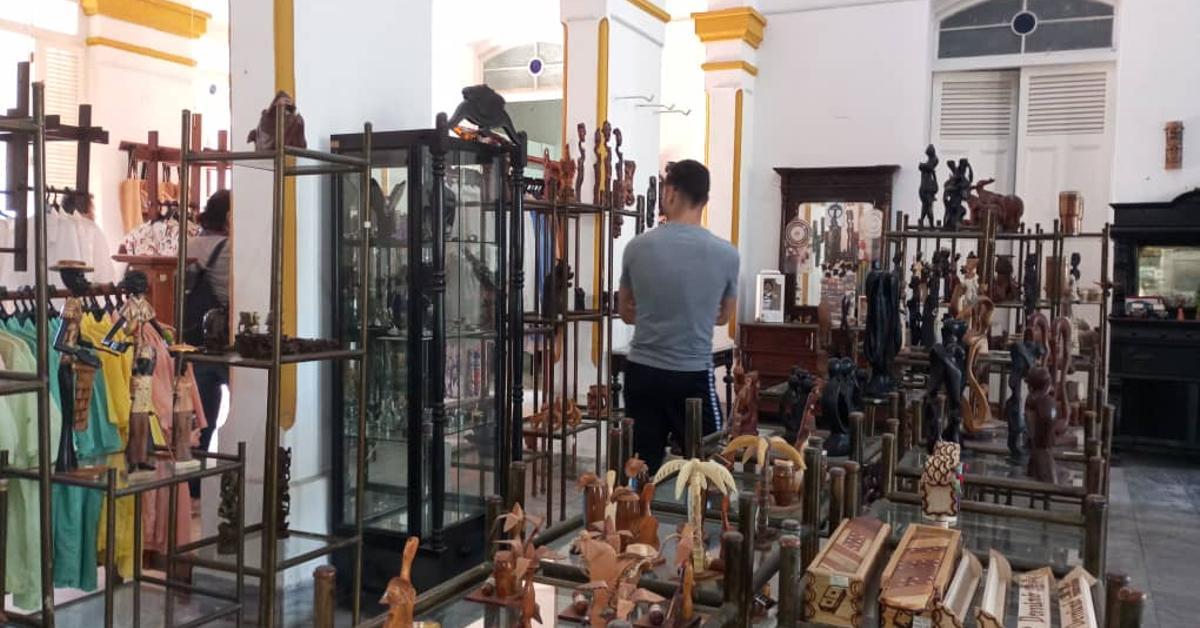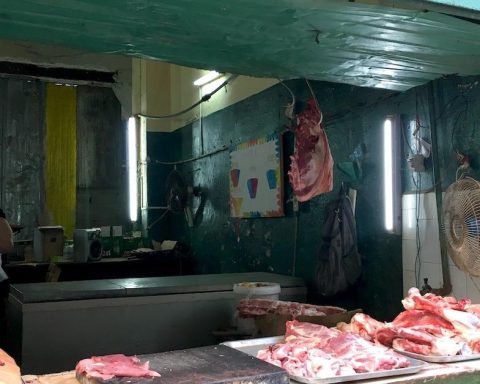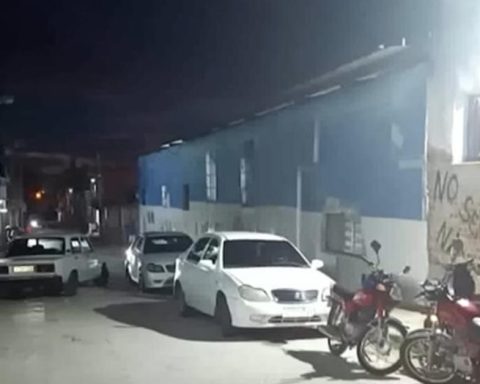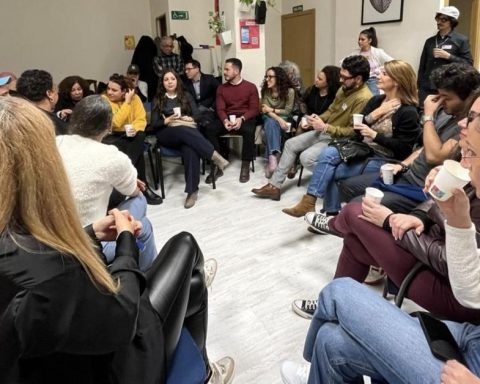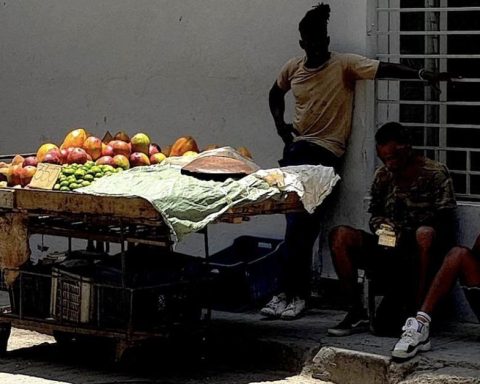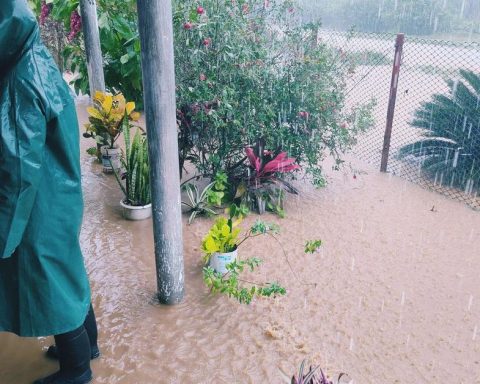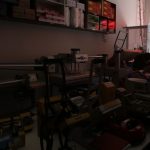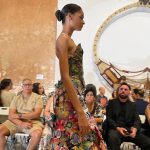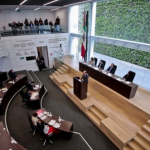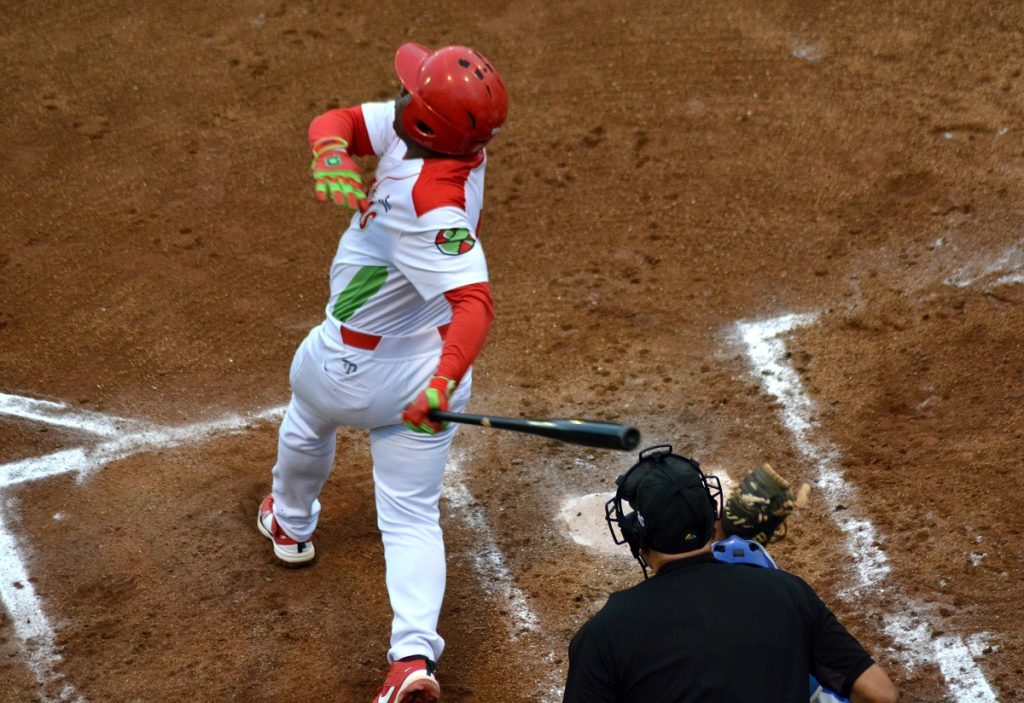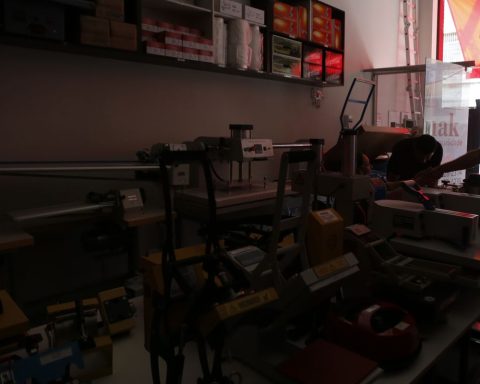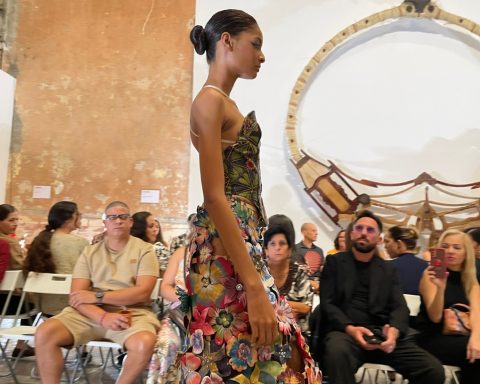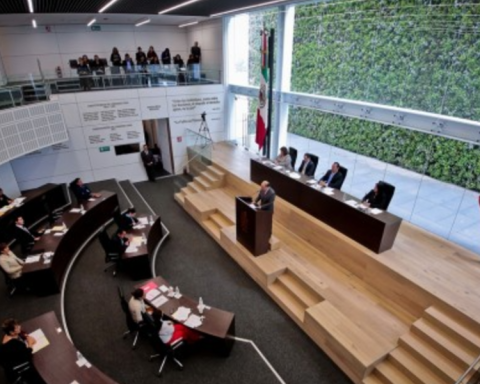Cienfuegos/More than an establishment where artisanal items are sold, the store of the Cuban Cultural Assets Fund in front of Martí Park, in the city of Cienfuegos, is reminiscent of a museum with immovable pieces in its showcases. While private artisans move at the pace of demand and diversify their merchandise, the state entity is stagnant in time and in ideological propaganda.
A couple of tourists, curious about the building with its colonial architecture and wide portal, sneak inside. They arrive attracted more by the superb columns, the semicircular arches and the beautiful iron bars on the windows than by the products on display. Like the caretaker of a museum room, the employee watches them move between the wood carvings, the pieces made from bones or jars and the postcards with photos of the main facades of Cienfuegos and the sculpture of Ernesto Guevara in Santa Clara .
Except for a few travelers and some Cubans in need of acquiring a present, nothing breaks the silence and emptiness of the house. This Thursday, Josefina decided to cross the threshold, urged by the need to find a gift for her sister-in-law who is celebrating her birthday. “I thought that since it was state-owned it would be cheaper, but I never imagined that a Cuban flag would cost 10,000 pesos, nor that for a simple cardboard postcard with the image of the Terry Theater they would ask for 50,” laments the woman.
/ 14ymedio
The Fund, belonging to the Ministry of Culture and founded in 1978, has experienced moments of splendor and crisis. Through their chain of businesses, Cuban artisans and artists should have an effective and profitable option for selling their pieces, but the informal market, the artisan points in the doorway of a house or in the vicinity of a tourist plaza They have put it in check.
“I started by giving the Fund some of the dresses and bags I made,” a seamstress and artist from Cienfuegos who makes clothes and other accessories tells this newspaper. “But they take a long time to pay, they have too much bureaucracy and lately when I finally manage to cash the check, it is very difficult for me to get the money out of the bank because there is no cash, but part of what I need for my creations I have to acquire with money in hand “.
Through the Fund, the artisan has the possibility of purchasing some imported or national raw materials. “Most of the things they sell us right now have to be paid for in convertible currency, they have little variety and private companies that bring products from Mexico or Panama have a broader and more varied catalog.” Only in supply of “fabrics, buttons, straps for purses and zippers, the mules “There are several towns ahead of the Fund.”
Another element that influences this artisan to prefer to sell her pieces in the informal market, through digital sites or with entrepreneurs who have small boutiques, is that “with the decline in tourism, the Fund’s stores have fewer and fewer customers.” In his opinion, “artisanal creation is having a bad time in Cuba because everything is imported here. Who is going to want to buy one of the bags that I make when they can pay for a Chinese imitation of Louis Vuitton.” Now, trying to survive, she has chosen to concentrate “on baby clothes, embroidered diapers and other details of the basket that can be made to order, with the specifications that the family wants.”
/ 14ymedio
Given the decrease in foreign customers and the enthusiasm of local artisans, the variety of offers in the Fund’s shops is stagnant. The main supplier of the merchandise is now the State, as confirmed by an employee of the Cienfuegos store to 14ymedio. This prevalence of official proposals is evident. The books that are for sale are mostly politically themed, mainly related to the figures of Fidel Castro or Che Guevara.
“As I live nearby, I see the shop assistants and artisans who, starting the day, set up their tables with all these books and at the end of the day, they pick up practically everything they put down,” says Josefina. While detailing this scene that is repeated every day, a man with the appearance of a tourist, sandals, short shorts and a smell of sunscreen, enters through the large gate of the property. When he addresses one of the workers, his Argentine accent is heard.
“Most of the products do not have a price and that creates a bit of distrust,” he summarizes to this newspaper after a brief tour. After a few minutes of inspecting the wood carvings, paintings with palm trees, stained glass windows and old cars, the tourist decides to go out and go around the corner to immerse himself in a private fair where they also sell handicrafts, bracelets and souvenirs. Unlike the lack of interest he received from the Fund’s employees, with every step he takes between private positions he receives offers.
/ 14ymedio
“Two maracas for the price of one,” a seller shouts, “try this hat on, we don’t charge anything to try it on,” another shouts. In the official market, however, she had to wait long minutes for one of the employees to finish speaking on the phone so she could respond to her about the price of a doll made with cloth and yarn. “You can’t run a business that way, that’s why it’s so empty,” the Argentine sums up logically.
While he crosses the tight path between the tables and the private kiosks of the fair, Josefina has finally decided to opt for a sticker for the refrigerator as a gift for her sister-in-law. The sticker shows an idyllic scene of a crowned palm tree, with a radiant sun and a cocktail of bright colors. It was probably made in China and is sold all over the world in countless tourist destinations with sand and beaches.
